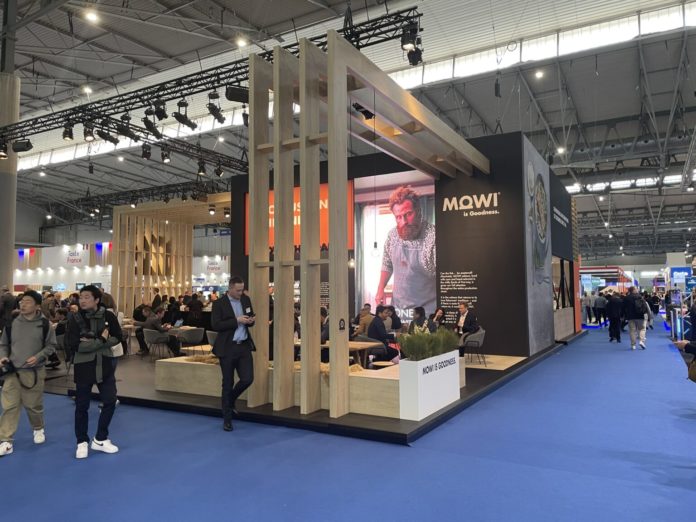Still high prices in a market characterized by reduced supply.
While last Friday the was market characterized by industry players not wanting to buy and end up with too much fish before Barcelona, it is tightening again today.
Fish are no longer being offered at close to NOK 110 per kilogram.
The first salmon sold for the month of May reflects a market characterized by the scarcity of fish of superior quality.
Bilateral
“There really isn’t much fish available. Having a holiday on Wednesday, May 1st, disrupts part of the week. Prices aren’t dropping; that’s for sure. There’s just not enough fish or market demand. It’s quite a two-sided issue.”
He has noticed that the harvest volumes in both Norway and Chile, the two largest supplying countries, have dropped significantly this spring.
“It feels like there’s a shortage of fish everywhere. At the same time, it’s hard to get the prices back up. The market is really tight on this price point. The winter sores are healing, so we’ll be seeing less ‘production fish’ from now on. Thankfully, the worst is probably over. Things are much more under control now. And that’s a good thing because it was total chaos here for a while,” he explains.
“114, 117, and 120 NOK ($10.37/€9.71, $10.64/€9.95, and $10.92/€10.20) per 3-6 kilograms right now,” another exporter texted to SalmonBusiness.
Packing
This level is confirmed by several other players.
“Yeah, in that range, but it’s tough finding staff today,” a trader commented.
“I’ve just confirmed a truck at 124, 126, and 128 NOK ($11.28/€10.58, $11.46/€10.76, and $11.65/€10.93) per 3-6 kilograms, so the prices seem to be edging up a bit. This is happening in the south.”
He is thus a good deal higher than the average today.
“It’s not surprising, especially when dealing with shipments to China and when the packing facility is located in the south,” he notes.
SalmonBusiness gathers spot prices for salmon every Friday after lunch, tracking fish to be delivered the following week. This process involves contacting multiple entities in the value chain, including farmers, exporters, and importers. At least five independent sources are consulted, though they may not always be publicly disclosed.









